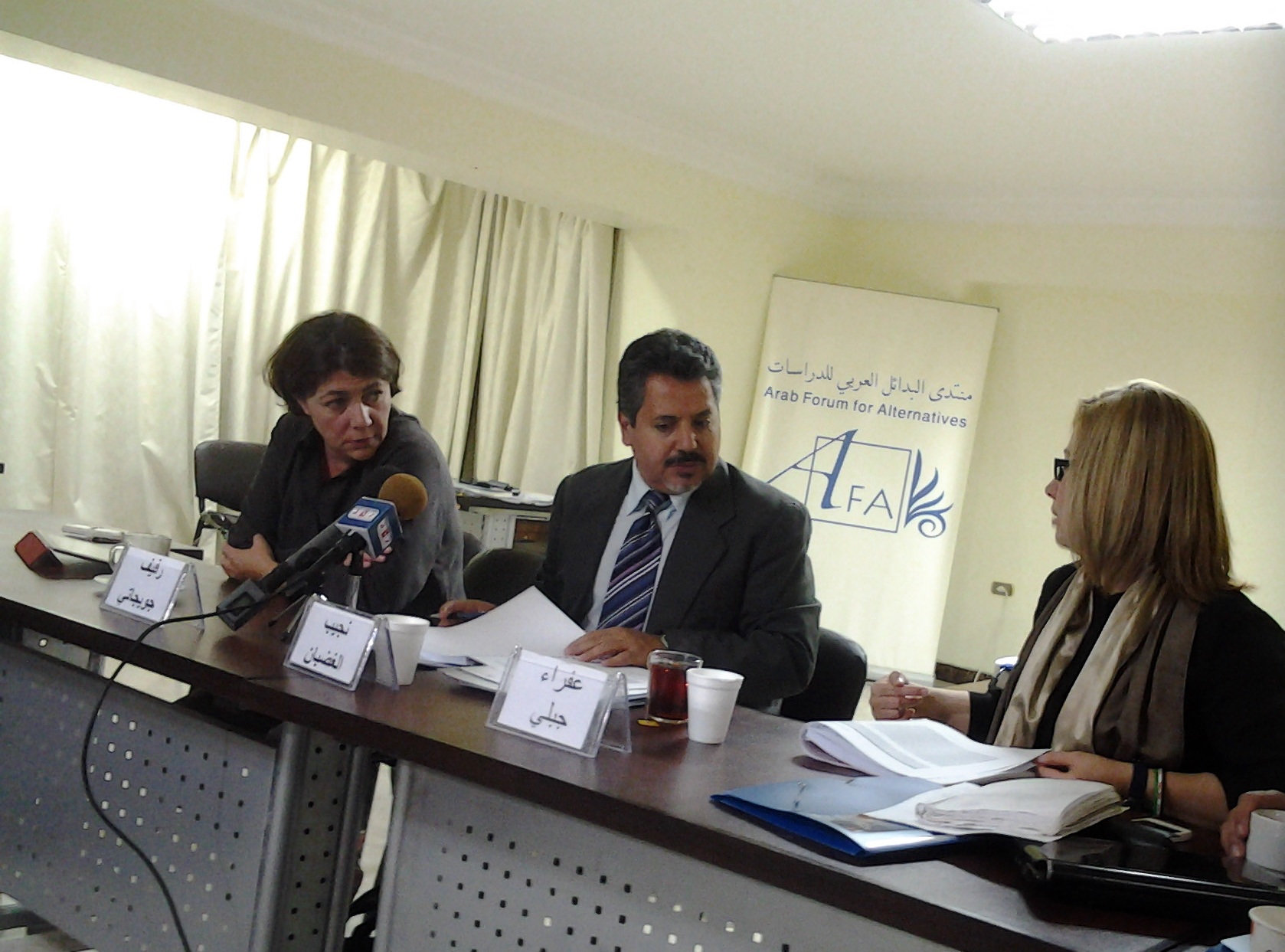Fitch Ratings has maintained Egypt’s long-term foreign-currency (LTFC) Issuer Default Rating (IDR) at ‘B+’ with a stable outlook, the credit rating agency announced on Monday.
Fitch attributed the decision to Egypt’s recent track record of economic and fiscal reforms, and improvements to macroeconomic stability and external finances.
However, the agency said that the country’s rating is constrained by still large fiscal deficits, high general government debt to GDP ratio, and weak governance scores (as measured by the World Bank governance indicators), which underscore political risks.
Moreover, the research paper indicated that macroeconomic performance further strengthened in 2019, with real GDP growth firming to 5.6% and inflation falling to single digits.
“We forecast inflation to average at 9.5% in 2019 and 8% in 2020/21, down from 14.4% in 2018. Real interest rates remain comfortably positive, even after the Central Bank of Egypt (CBE) has cut its main policy rate by a cumulative 450bp in 2019, to 12.25%,” the note said.
Fitch forecasts real GDP growth will remain robust at around 5.5% in fiscal years (FY) 2020 and 2021, with balanced risks to this forecast.
Additionally, the agency expects Egypt to remain committed to its reform programme, following the completion of its $12bn three-year Extended Fund Facility with the International Monetary Fund (IMF), which officially ends in November 2019. The final disbursement occurred in July.
Furthermore, the research note indicated that the government hit its fiscal targets in FY19, with preliminary numbers indicating a budget deficit of 8.2% of GDP, down from 9.7% in FY18, and a primary surplus of 2.0% of GDP.
Accordingly, Fitch forecasts the budget deficit to narrow in FY20 to 7.6% of GDP, helped by lower interest spending in particular, but to remain slightly wider than the government target (7.2% of GDP), given lower revenue projections and weaker assumptions for real GDP growth and nominal GDP.
Nonetheless, this still implies a further decline in government debt/GDP, to around 83%, an improvement of 20pp from the peak of 103% in FY17. A downside risk to this forecast is if a portion of government-guaranteed debt (23% of GDP) crystallises on the government’s balance sheet, although this currently seems a contained risk.
On the other hand, the note forecasts that Egypt’s current account deficit (CAD) will widen to around 3.2% of GDP in 2021, from 2.3% in 2018, placing modest downward pressure on foreign reserves and the exchange rate. Nonetheless, we expect reserves to remain more than 4.5 months of current external payments (CXP). This assumes that Egypt continues to roll over the vast majority of maturing GCC deposits at the CBE (the outstanding stock is $17.4bn, with $10bn that was due to mature in 2019 being rolled over). Net external debt has risen sharply, but at 16% of GDP it remains lower than the current ‘B’ peer median of 28% of GDP. Around 60% of sovereign external debt is multilateral, bilateral or in the form of GCC deposits.
The potential for political instability remains a risk, in Fitch’s view, given ongoing structural problems including high youth unemployment and deficiencies in governance.
The research note indicates that the government had sought to mitigate the risk of discontent by bolstering social safety nets (including cash transfer schemes), maintaining food subsidies, increasing minimum wage and pensions, boosting electricity provision, and implementing some structural reform measures to improve the business environment while the space for political opposition and freedom of expression is restricted, in Fitch’s view.




